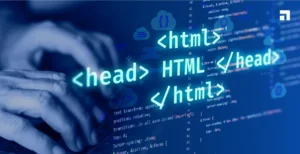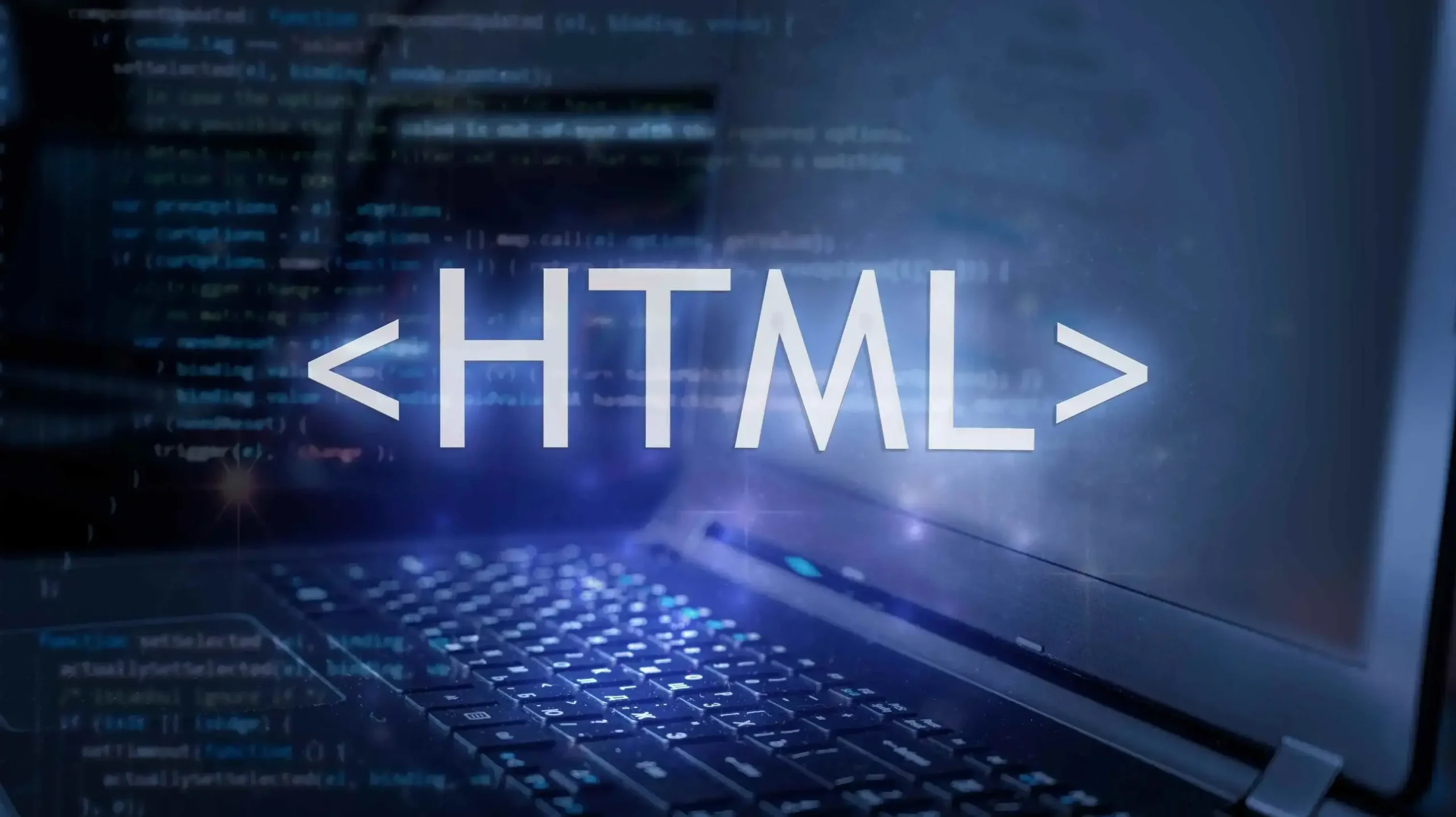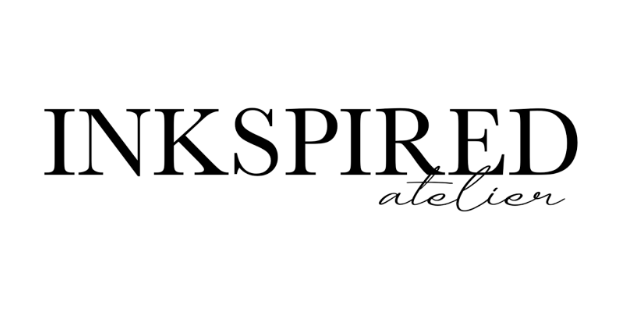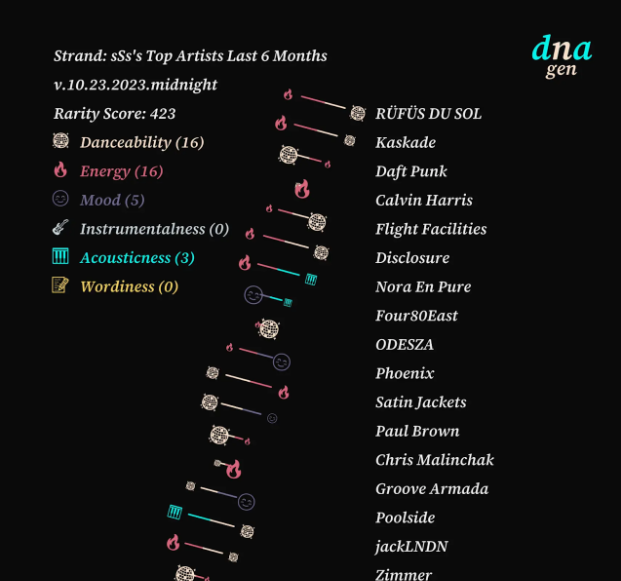What is code HTML? HTML stands for HyperText Markup Language. It’s like a special set of instructions that helps create websites. With HTML, you can build the structure of a web page, like adding text, images, and links.
When you use HTML, you are telling the web browser how to show your content. Think of it like following a recipe to make a cake. Each part of the HTML is like an ingredient that helps make your web page look just right.
What Is Code HTML
Code HTML is a way to create web pages. It helps put things like text, pictures, and links on a website. When you use HTML, you’re telling the web browser what to show. This is the first step in making a web page.
HTML stands for HyperText Markup Language. It’s like the skeleton of a web page, giving it structure. With HTML, you can tell the browser where to place different elements on the page.
For example, you use HTML tags to show headings, paragraphs, and images. These tags help the browser understand what each part of your page should look like. So, HTML is essential for building any website.
How Does Code HTML Work
Code HTML works by using special tags. These tags tell the browser how to display content. For example, there are tags for headings, paragraphs, and links. Each tag has a specific job, helping organize the web page.
When you write HTML, you use these tags to create a layout. Think of it like putting together a puzzle. Each piece (or tag) fits in a certain place to make the whole picture look right. Without HTML tags, the web page would be a jumble of text.
In addition, tags are used to style the page. You can use HTML to set up the basic structure and then add styles to make it look nice. This combination makes web pages easy to read and navigate.
Basic Tags in Code HTML
One of the most important parts of code HTML is learning about basic tags. Tags are like instructions that tell the browser how to display text. For instance, <h1> is used for main headings, while <p> is for paragraphs.
Another basic tag is <img>, which helps add images to your page. When you use this tag, you also include a link to the image you want to show. These basic tags are the building blocks of HTML.
By understanding and using these tags, you can start creating simple web pages. Learning basic tags is the first step in mastering HTML and building more complex websites.
Creating Your First Web Page with Code HTML

Creating your first web page with code HTML is exciting! Start by opening a text editor and writing some HTML code. Begin with a simple structure: a heading, a paragraph, and maybe an image.
For example, you can write <h1>My First Web Page</h1> for the heading and <p>This is a paragraph.</p> for a text block. Adding an image might look like <img src=”image.jpg” alt=”A cool image”>. These elements help make your page look more interesting.
After writing the code, save your file with an .html extension. Open it in a web browser to see your first web page come to life. Using HTML is a fun way to learn how web pages are made.
Code HTML vs. Other Coding Languages
Code HTML is different from other coding languages like CSS or JavaScript. HTML is used for creating the structure of a web page, while CSS is for styling it. JavaScript adds interactivity, like buttons that do something when clicked.
While HTML sets up the basic layout, CSS changes how things look. For instance, CSS can change text colors or add backgrounds. JavaScript makes the page interactive, like adding games or forms.
Understanding these differences helps you use each tool correctly. HTML is just the beginning; learning CSS and JavaScript will let you make more advanced and fun web pages.
Common Mistakes in Code HTML
When writing code HTML, it’s easy to make mistakes. One common mistake is forgetting to close tags. For instance, if you use <p> for a paragraph, you also need to close it with </p>. Not closing tags can mess up your page.
Another mistake is using incorrect tags. Each tag has a specific purpose, so using the wrong one can cause problems. Always check that your tags are correct and match what you want to show on the page.
To avoid these mistakes, use a code editor that highlights errors. This tool can help you find and fix issues in your HTML before publishing your web page.
Tips for Writing Clean Code HTML
Writing clean code HTML is important for making your web pages work well. Start by using proper indentation. This means lining up your tags neatly to make the code easier to read.
Additionally, use comments to explain what your code does. Comments are notes in your HTML that don’t show up on the web page but help you remember what each part does. For example, you can write <!– This is a comment –>.
Keeping your HTML clean makes it easier to update and fix later. Well-organized code also helps others who might work on your web page understand what you’ve done.
How to Add Images Using HTML

Adding images with code HTML is simple. Use the <img> tag and include a link to your image file. For example, <img src=”myphoto.jpg” alt=”A nice photo”> will show the image on your web page.
The src attribute tells the browser where to find the image, and the alt attribute provides a description if the image doesn’t load. This helps keep your page accessible for everyone.
When using HTML to add images, make sure your image files are correctly named and saved in the right place. This way, your images will appear correctly on your web page.
Links and Buttons in HTML
Code HTML also helps you add links and buttons to your web page. Use the <a> tag to create links. For example, <a href=”https://www.example.com”>Click here</a> will make a clickable link.
For buttons, you can use the <button> tag. You can add text between the opening and closing tags to label the button. Buttons are useful for forms or interactive elements on your page.
Adding links and buttons with HTML makes your web page interactive and user-friendly. They help people navigate your site and perform actions like submitting forms.
Organizing Text with HTML
Organizing text in code HTML helps make your content easy to read. Use tags like <h1> for main headings and <h2> for subheadings. This helps break up the text into sections.
You can also use lists to organize information. For example, <ul> creates an unordered list, and <ol> creates an ordered list. These lists make your content neat and easy to follow.
By organizing text with HTML, you make your web page more readable and engaging. Clear headings and lists help visitors find the information they need quickly.
Conclusion
Learning code HTML is like discovering a new superpower for building websites. With just a few tags and a bit of practice, you can create cool web pages with text, images, and links. It’s fun to see how your code turns into a real web page that everyone can see.
Remember, starting with basic HTML helps you build a strong foundation. As you get more comfortable, you can explore more advanced features and tools. Keep practicing and experimenting, and you’ll be a web page creator in no time!










